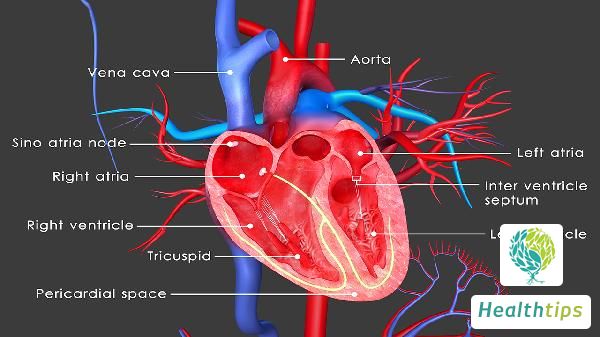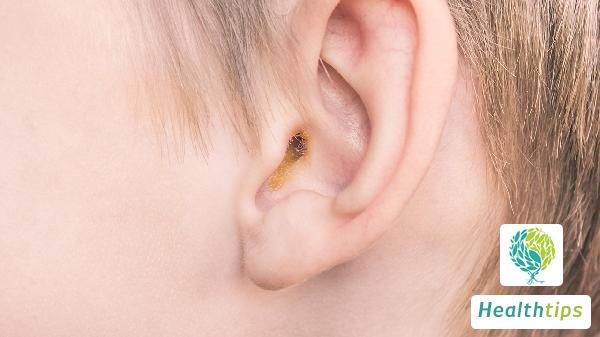Is Gout Classified into Acute and Chronic Types?
Gout is a metabolic disease characterized by hyperuricemia and recurrent arthritis. Depending on the progression of the condition, gout can be divided into two stages: acute phase and remission phase.

Acute Phase
The acute phase refers to the initial onset of gout symptoms, often preceded by excessive intake of purine-rich foods, excessive alcohol consumption, or sudden discontinuation of uric acid-lowering medications within days or weeks before the onset. During this phase, patients experience sudden joint swelling, redness, warmth, and intense pain, significantly impacting their normal mobility. If left untreated, the acute phase can last for several hours to days.
Remission Phase
Following the acute phase, patients enter the remission phase where symptoms gradually subside, yet hyperuricemia persists. This period necessitates long-term treatment and management to prevent recurrent attacks. It involves dietary control, avoiding overexertion, and maintaining a regular lifestyle.
Management of gout involves targeted interventions based on the stage. During the acute phase, treatment focuses on addressing the underlying causes, such as restricting purine-rich foods, abstaining from alcohol, and actively managing other triggering factors. In contrast, the remission phase requires ongoing management and preventive measures to maintain a good quality of life.
If you suspect gout, seek medical attention promptly for professional diagnosis and treatment recommendations.



















